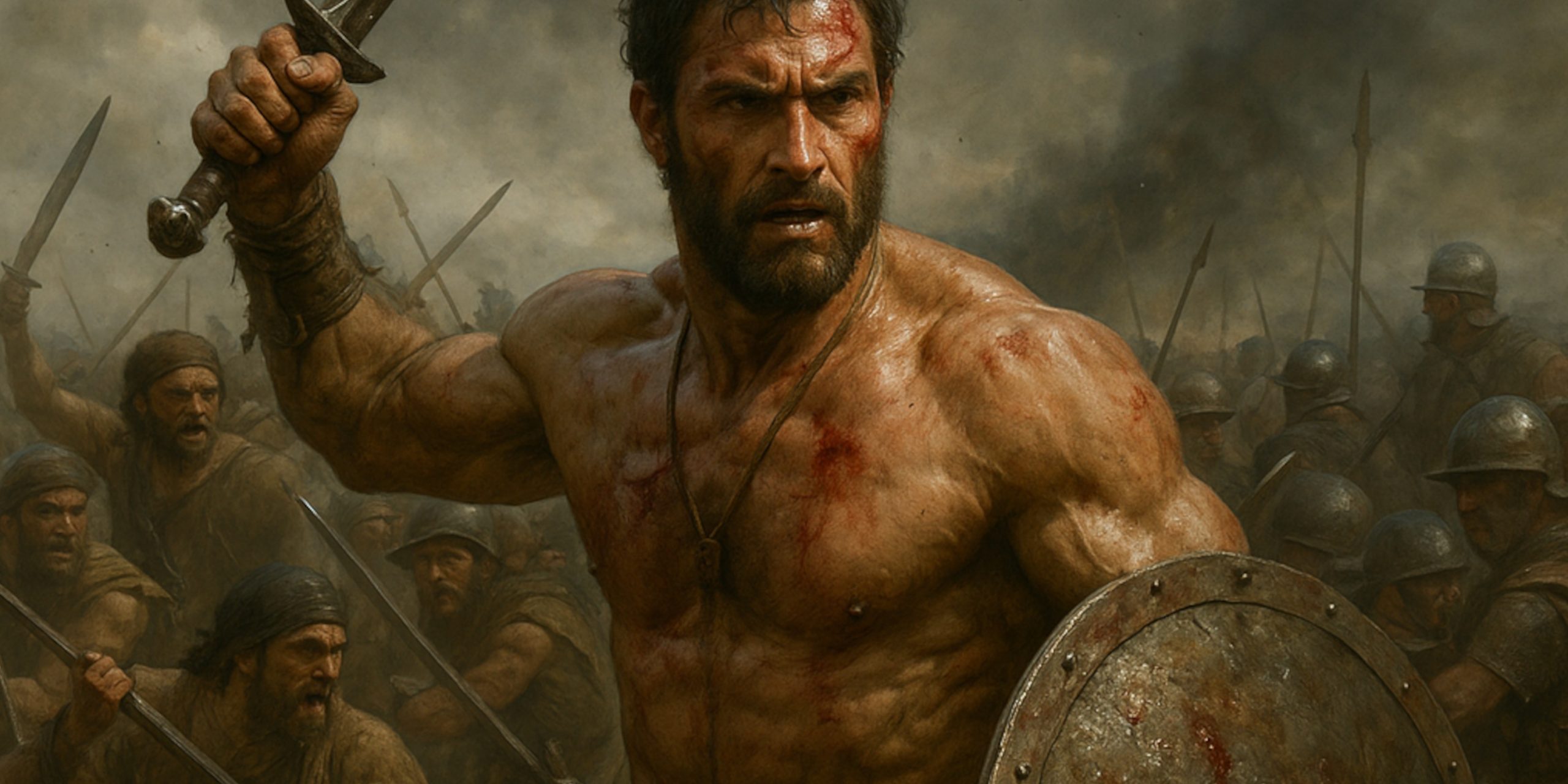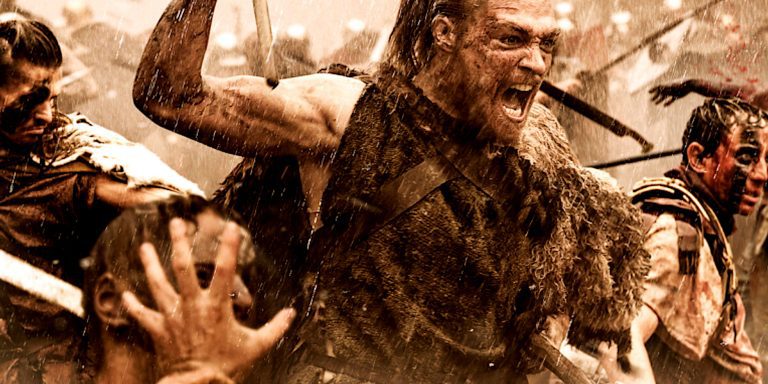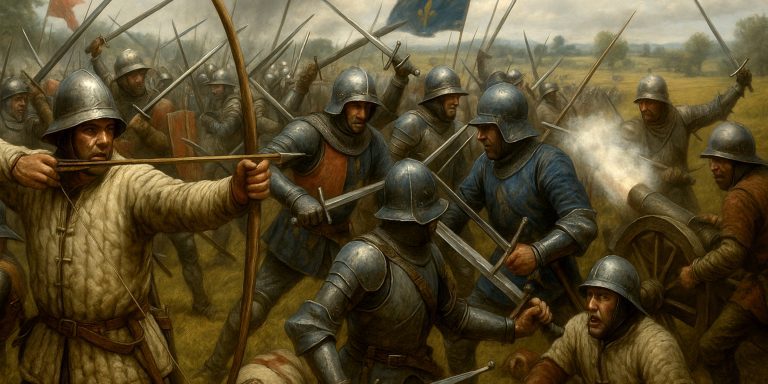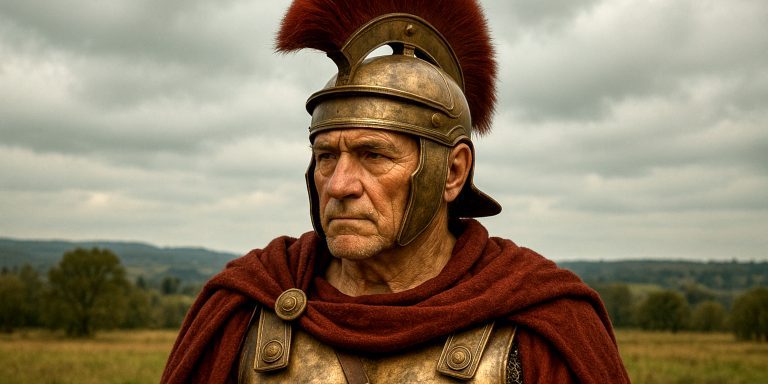
The last stand of Spartacus in 71 BC remains one of the most famous clashes of the late Roman Republic. The Thracian gladiator had led the Third Servile War for over two years, defeating multiple Roman armies and unsettling the political stability of Rome itself. His final confrontation with Marcus Licinius Crassus was brutal, swift, and decisive, bringing an end to one of the most remarkable uprisings in antiquity.
Background to the Final Clash
By the spring of 71 BC, Spartacus’ forces were in retreat. Crassus had built a massive ditch and rampart across the toe of Italy to hem the rebels in, cutting off supplies and escape routes. Although Spartacus broke through these defences in a desperate night assault, his army was weakened by internal divisions and repeated skirmishes. Many of his men had deserted or been killed in earlier engagements.
Crassus, determined to end the revolt before Pompey’s returning legions could claim the glory, pushed for a decisive battle. Spartacus, aware that he could not outmanoeuvre the Romans indefinitely, is believed to have chosen to meet them in open combat rather than be hunted down piecemeal.
The Battle According to Ancient Sources
Plutarch, Appian, and Florus provide the most substantial accounts of Spartacus’ final moments, though their details differ. According to Plutarch, Spartacus attempted to break directly through to Crassus himself, cutting down two centurions in the process. Ancient writers describe him fighting fiercely at the front lines, refusing to flee even when wounded. Eventually, he was surrounded and killed, his body never recovered.
Appian’s account notes that the battle was chaotic, with the rebel army collapsing into smaller bands once the Roman formations pressed forward. Florus emphasises the desperation of the slave forces, describing them as fighting without hope of survival, driven by vengeance as much as the prospect of freedom.
Aftermath and Brutality of Victory
Crassus claimed victory, but his retribution was severe. Around 6,000 captured rebels were crucified along the Via Appia from Capua to Rome as a warning against future insurrections. This display of power reinforced Roman authority but also ensured that Spartacus’ rebellion would be remembered as a symbol of resistance.
Pompey, arriving from Hispania after the main battle, mopped up remaining rebel forces and sent word to the Senate that he had ended the war. This caused political tension, with both Pompey and Crassus taking credit.
Historical Assessment
The exact location of the final battle is uncertain, with historians suggesting sites in southern Italy near the Silarus River. Archaeological evidence is scarce, and the literary record is shaped by Roman bias, which often downplayed Spartacus’ strategic skill in favour of portraying him as a dangerous but doomed outlaw.
Modern historians view the revolt as both a military and social crisis for Rome. Spartacus demonstrated adaptability, tactical intelligence, and leadership that rivalled Rome’s own generals, even if his cause ultimately fell to the superior logistics and manpower of the Republic.
Representation in Television and Popular Culture
The TV series Spartacus (2010–2013) dramatised the final battle in a way that differed from historical accounts. The show presented it as an epic, drawn-out struggle with heavy emotional focus on key characters, using individual duels and slow-motion sequences to emphasise the heroism of Spartacus and his followers. While the series portrayed the brutality of the Romans and the desperation of the rebels, it condensed events for dramatic effect and took liberties with geography and tactics.
Unlike the fragmentary ancient sources, the series offered a clear and visual conclusion, showing Spartacus mortally wounded but defiant. This creative decision cemented his role in popular memory as a martyr for freedom, even if historians debate whether his intentions were purely political, strategic, or survivalist.
Legacy of the Final Battle
Spartacus’ death did not end the conditions that had caused the revolt, but it did discourage large-scale slave uprisings for decades. In historical studies, his last stand is often compared to other hopeless but legendary battles, where tactical brilliance could not overcome overwhelming force.
In both history and modern storytelling, the final battle stands as the moment where Spartacus transitioned from rebel commander to enduring legend. It continues to inspire interpretations that balance fact, myth, and dramatic reinvention.
Watch the TV series representation:



